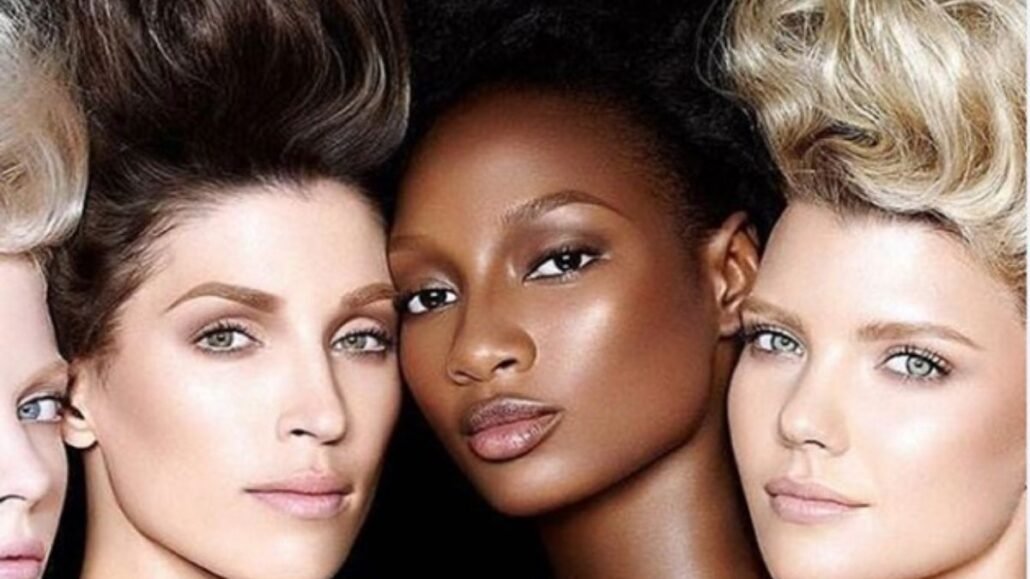The famous saying “beauty lies within the eyes of the beholder” reveals human culture, nature, and views of what beauty is within the present.
History shows that patterns of beauty are constantly changing. Most everyone agrees makeup looks make a person beautiful. But what makes up beauty in any era? Well, this is very complex.
Cultured beauty and modern makeup, we will see as a link between the vision and charm that seems to determine the standards of beauty in all the ways possible.
Everyone has a different perspective specific of what makes someone beautiful can differ across countries and cultures.
Well, some say beauty should be a combination of both modern and cultural worlds and others prefer the modern-day process. According to women from different backgrounds/cultures and countries.
It is interesting to learn about the procures and procedures of these beauty standards.
Till today, beauty remained an obscure notion across different cultures and in the modern world.
In modern times, having expressive eyes is a mark of beauty by some Asian cultures. Eye makeup has been art since age-old.
Within India, Kajal or Kohl represents confidence and is one of the powerful significances. These days, makeup is only complete with kajal on the lines.
It has become a craze (to be real) in the modern world of having beautiful, bold eyes.
In Egyptian society, makeup served the dual purpose of protecting the eyes from the sunlight and dust of the desert. The classic Cleopatra look is still a talk. Highlighting eyes as a part of their beauty looks enhanced.
The further use of colors and textures made it more artistic and fun to play with the looks in the mid-1900.
Though it might not be advertised, the fact is that most female stars have very slim and petite bodies that support the implicit beauty criteria in China.
Most women in China are slight and petite to fit the beauty standards in that region. The focus of beauty here is directed towards size. Unlike others, Chinese standards favor a woman with small body features.
Women in China, Korea, and Japan prefer glass-like skin with gentle facial features to convey more femininity and skin health. Even when these women wear makeup, extra measures are taken to assure that their makeup looks natural. (The paradox is that women wear more makeup to achieve the evergreen, “no makeup” look.)
Relatively, African tribal culture features physical strength and build as main attributes in women. It is appealing to be curvy. The stronger women signify wealth because of their superior deity.
As a continent still heavily inspired by tribal traditions and natural beauty, women from this region and culture covet scars and extended earlobes because they imply beauty, wealth, maturity, growth, and strength.
Comparing different cultures illustrates the amenable expectations, which constantly change depending on the period, cultural backgrounds, and artistic beauty trends.
Although varying across the globe, beauty standards are a main part of the cultural landscape. Health, fitness, and social expectations are pleasing in standards of beauty across cultures. While time and social situations can change these modernized beauty standards, what lingers is that the thought of grace is unchanging and powerful.
All women must remember that the figures around the world are used to promote products, and we should be satisfied with them individually. It is not a bad thing to want to look good uniquely and take care of yourself.
